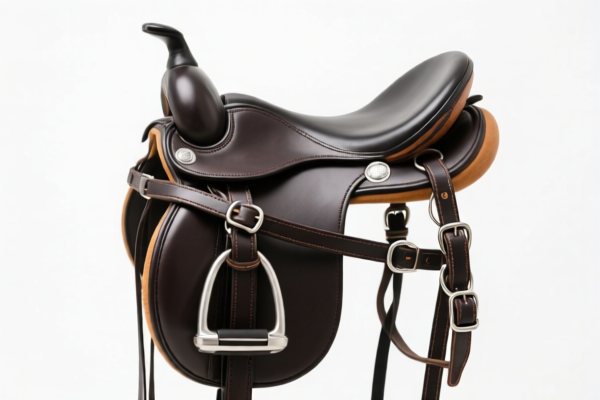| HS Code | Official Doc | Tariff Rate | Origin | Destination | Effective Date |
|---|---|---|---|---|---|
| 8306300000 | Doc | 82.7% | CN | US | 2025-05-12 |
| 8306300000 | Doc | 82.7% | CN | US | 2025-05-12 |




Anti-Glare Mirror
An anti-glare mirror, also known as a non-glare mirror, is a mirror treated with a specialized coating to reduce the intensity of reflections and minimize distortion. This results in a clearer, more comfortable view, particularly in bright or high-contrast lighting conditions.
Material & Construction:
- Base: Typically manufactured from standard float glass, similar to conventional mirrors.
- Reflective Coating: The key component is a thin metallic layer, often silver, applied to the rear surface of the glass.
- Protective Coating(s): One or more layers of protective coatings are added over the reflective layer to prevent corrosion and damage. These can include copper, nickel, and specialized anti-glare compounds.
- Anti-Glare Layer: This is the crucial element. It's typically a textured or etched surface, or a specialized coating that diffuses light. Common technologies include:
- Etched Glass: Fine lines are etched onto the glass surface to scatter light.
- Matte Finish Coatings: Coatings with microscopic irregularities diffuse light.
- Diffusion Films: Thin films containing light-scattering particles.
Purpose & Function:
The primary purpose of an anti-glare mirror is to reduce the intensity of reflected light, mitigating the distracting and potentially hazardous effects of glare. This is achieved through several mechanisms:
- Light Diffusion: The textured surface or coating scatters incoming light in multiple directions, reducing the concentration of reflected light.
- Reflection Reduction: The coating minimizes the amount of light reflected directly back towards the viewer.
- Contrast Enhancement: By reducing glare, the mirror improves the visibility of details and enhances overall contrast.
Usage Scenarios:
- Automotive: Widely used in rearview mirrors and side mirrors to reduce headlight glare at night and improve driver visibility. Electrochromic (auto-dimming) anti-glare mirrors are common.
- Bathroom Mirrors: Used to provide clearer visibility during shaving, makeup application, and other personal grooming tasks, particularly in brightly lit bathrooms.
- Security & Surveillance: Used in security mirrors to improve visibility in areas with strong lighting or potential obstructions.
- Industrial Applications: Used in machinery and equipment to provide operators with a clear view of processes and controls.
- Art & Displays: Used to protect artwork from damaging reflections and enhance viewing experience.
- Cosmetics: Used in makeup mirrors to provide accurate color representation and reduce shadows.
Common Types:
- Etched Anti-Glare Mirrors: Offer a subtle texture and good glare reduction. Generally more affordable.
- Matte Finish Anti-Glare Mirrors: Provide a more pronounced diffusion effect and higher glare reduction.
- Electrochromic Anti-Glare Mirrors (Auto-Dimming): Use an electrochemical process to darken the mirror in response to headlight glare or bright light.
- Two-Way Anti-Glare Mirrors: Combine anti-glare properties with the ability to transmit light in one direction, used in security and observation applications.
- Frameless Anti-Glare Mirrors: Designed for a modern aesthetic, often used in bathrooms and furniture.
The declared goods, “anti glare mirror”, fall under the category of mirrors of base metal, and parts thereof.
Here are the relevant HS codes based on the provided reference material:
-
8306300000: Bells, gongs and the like, nonelectric, of base metal; statuettes and other ornaments, of base metal; photograph, picture or similar frames, of base metal; mirrors of base metal; and base metal parts thereof: Photograph, picture or similar frames; mirrors; and parts thereof.
- 83: Base metal articles; this chapter covers articles made of base metals such as iron, steel, copper, aluminum, etc.
- 06: Articles of iron or steel.
- 30: Other articles of iron or steel. This subheading specifically includes mirrors of base metal and parts thereof, along with photograph, picture or similar frames.
Tax Rate Details:
- Basic tariff: 2.7%
- Additional tariff: 25.0%
- Additional tariff after 2025.4.2: 30.0%
- Additional tariff for steel and aluminum products: 25%
- Total tariff: 82.7%
Please note that the total tariff rate is 82.7%. Additionally, be aware of the additional tariff of 25% applicable to steel and aluminum products, and the potential increase to 30% after April 2, 2025.
Customer Reviews
No reviews yet.